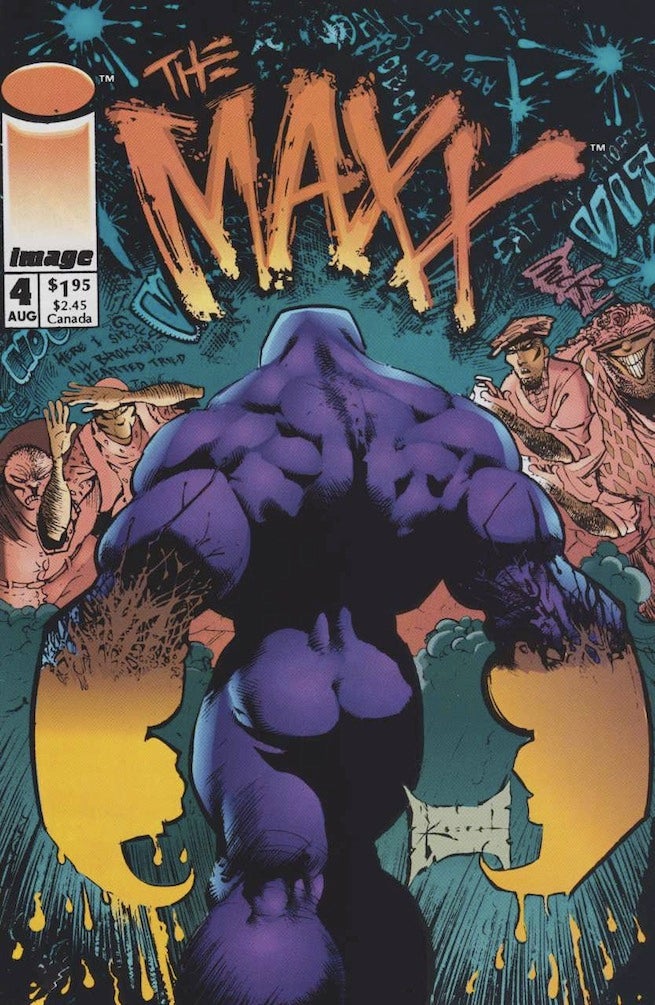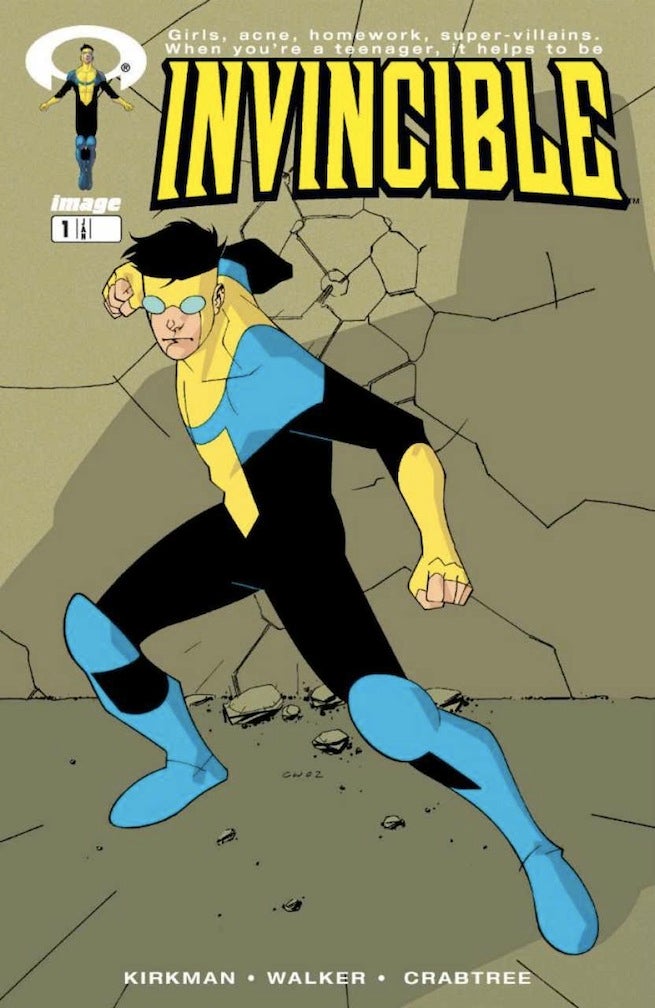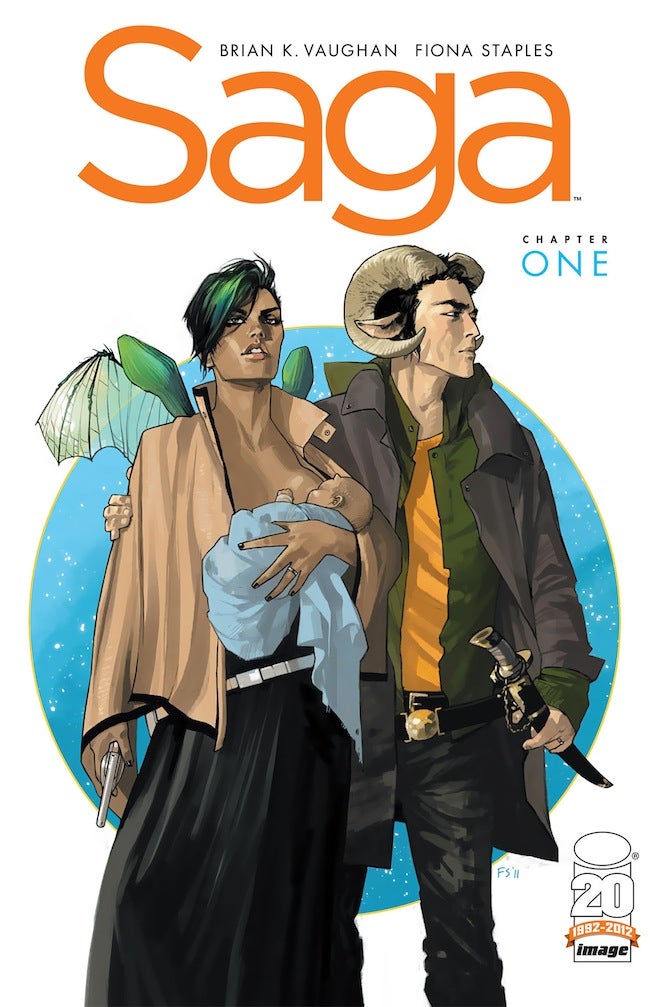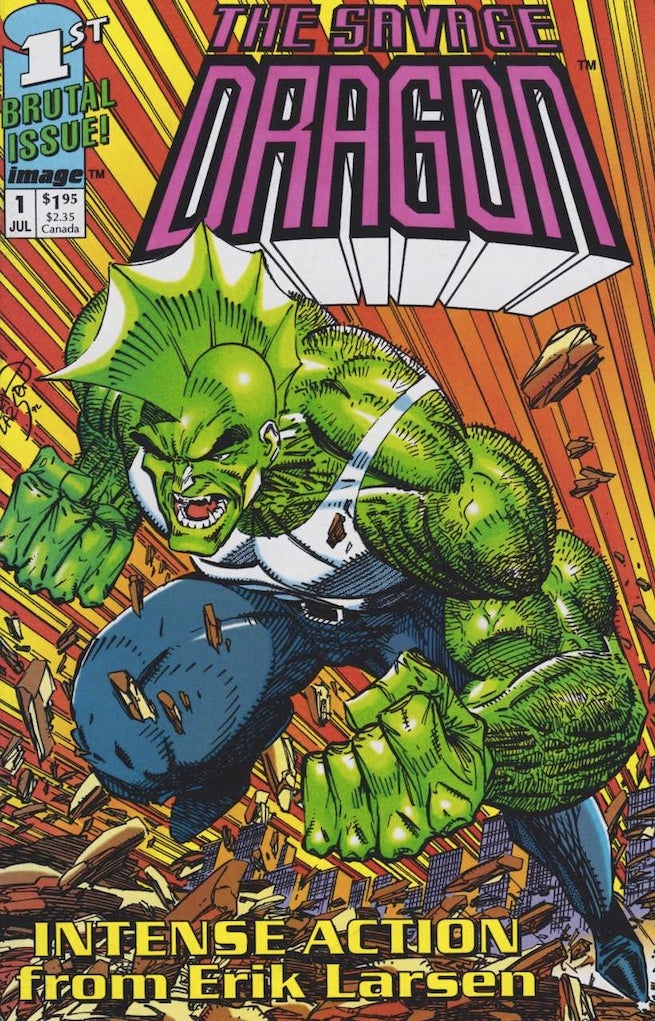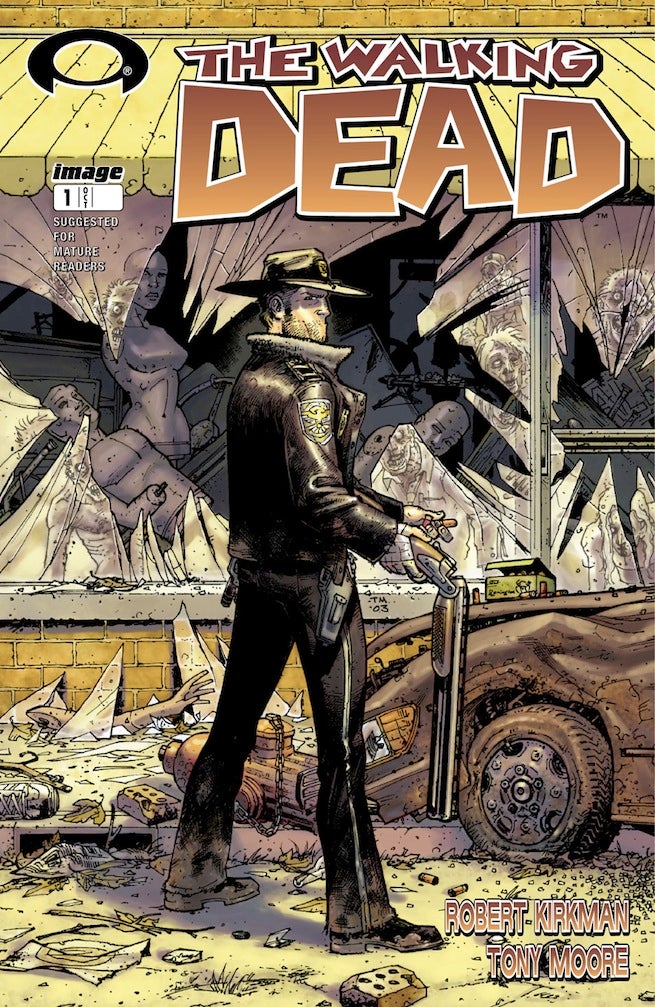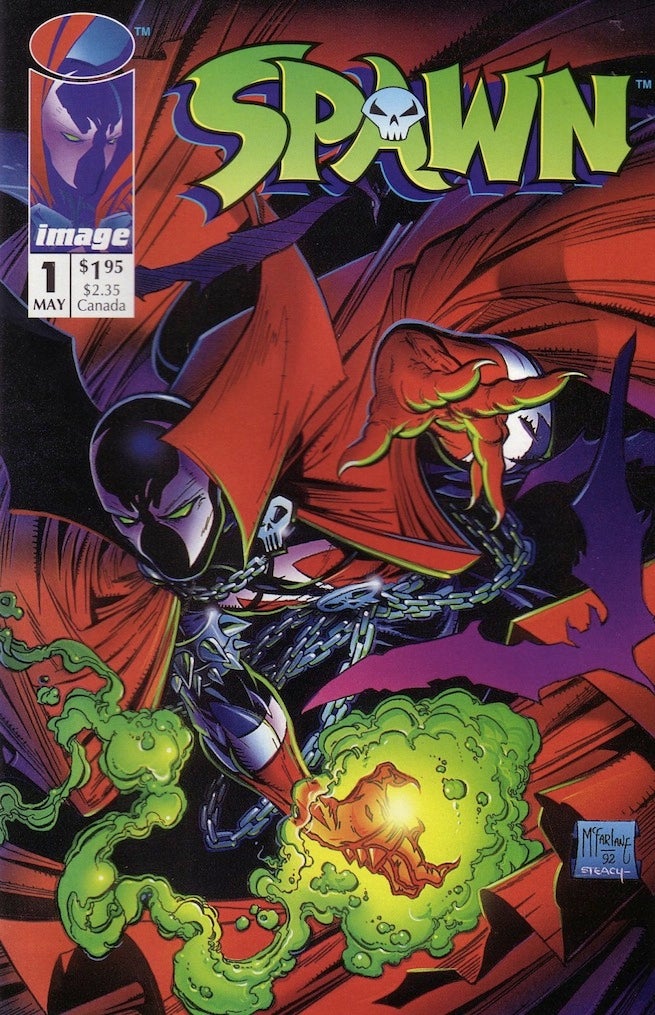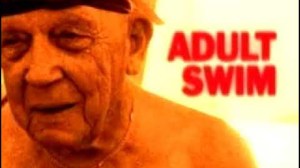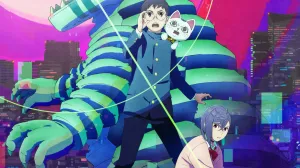Since its founding in 1992, Image Comics has been a true industry game-changer, providing comic book writers and artists an outlet for creator-owned works, while churning out some of the most influential series of all time.
Videos by ComicBook.com
One of the original Image books that was first published in the early 1990s, Erik Larsen’s Savage Dragon, marked a major milestone this week with the release of its 200th issue. Savage Dragon already holds a number of distinctions in comics – including being the longest running American series to feature the same writer/artist – but the book is just one of many that has had a major impact on pop culture.
With Savage Dragon’s historic moment in mind, we thought we’d look back at the past 22 years and highlight the 10 most important series ever published by Image. So let’s get right to it:
10. Tribe
Todd Johnson and Larry Stroman’s Tribe might have been incredibly short-lived, but its first issue sold more than one million copies in 1993, making it the highest selling comic produced by African American creators in industry history.
Unfortunately, the series could never gain momentum and has a somewhat infamous history. Due to a number of missed deadlines, Image only released one issue of Tribe, before the series transferred over to another indie publisher, Axis. From there, Johnson/Stroman published two more issues before Axis went under due to financial difficulties. More than a year after the series first debuted, a fourth and final issue was published by Good Comics, before Tribe disappeared from good.
But those who remember that first issue of Tribe understand that Johnson/Stroman were onto something with their story. Over the years a number of petitions have been produced by those trying to resurrect the series. And despite the book’s difficulties to publish, the instant-success of Tribe paved the way for other minorities to produce their own comics – which is a perfect encapsulation of what made the Image Revolution such a game-changer in the 90s.
9. Wanted
Mark Millar had already established himself with his work for Marvel by the time he scripted this limited series, but Wanted further cemented this creator’s status as one of the best and most provocative writers of the modern era. Actually published by Image offshoot, Top Cow Productions, Wanted ran in six installments between 2003 and 2005 and featured a world where supervillains had taken over the planet. The press went on to dub Wanted “Watchmen for villains,” because of its heavy duty content. The comic is also notorious for its final page – considered by many critics and fans as one of the most controversial closings to a series in industry history and the source for much debate for years to follow.
In 2008, Wanted followed in the footsteps of numerous other Image-family books when the series was loosely adapted into a major motion picture starring James McAvoy, Angelina Jolie and Morgan Freeman.
8. The Maxx
Sam Kieth’s creator-owned series about a vagrant homeless man who imagined himself as the powerful protector of an alternate reality known as the Outback, was one of the first Image books to reach a more mainstream audience when it was adapted into an animated series that ran on MTV in 1995. While the comic itself wasn’t as wildly popular as some of the other first wave Image books of the early 1990s, The Maxx does hold the distinction of being one of best reviewed Image titles during the company’s infancy. As a result, The Maxx helped demonstrate to readers and critics that Image was capable of publishing books that offered some real substance in addition to style.
Late last year, IDW started to republished The Maxx in a recolorized format with some new artwork from Kieth.
7. Invincible
Prior to the launch of this Robert Kirkman/Cory Walker series (Ryan Ottley took over on pencils after seven issues), Image had published comics representing a wide range of genres, but had surprisingly shied away from the cloak and cape superhero stories that were the bread and butter for Marvel and DC. Invincible changed all that, introducing the world to the titular hero, the teenage son of the superpowered alien, Omni-Man. Over the course of the next decade and 115+ issues, Invincible offered readers brutal and bloody superhero stories that also happened to satirize the tropes and melodrama found in many big two titles. Today, Invincible stands as one of Image’s core ongoing series – not bad for a publisher that supposedly couldn’t produce engaging superhero books.
6. Astro City
This groundbreaking series brought together the Eisner Award-winning tandem of Kurt Busiek and Alex Ross (who had earlier collaborated for the iconic miniseries Marvels). While Astro City is currently published by DC/Vertigo now, for the first three years of its existence, the book was a key part of the Image family. The stories read like an anthology, focusing on a diverse range of characters from superheroes, to villains to ordinary people. In its first three years of publication, it received major industry awards for best new series, best ongoing series, best writer (Busiek) and best covers (Ross, who also provided character designs), making it one of the most well decorated Image books of all time. Years later, Astro City stands as a perfect exhibition that the 1990s were not the creative wasteland for the comic book industry that some people insist that they were.
5. Saga
Shaping up to be one of the best-reviewed comic book series of all-time, Brian K. Vaughan and Fiona Staples’s Saga has epitomized the term “critical darling” since its first issue was published in 2012, frequently finishing in the top spot of people’s “Best of” end-of-the-year lists, and taking home scores of awards (including multiple Eisners) in 2013 and 2014.
A genre-bending space opera in the mold of some of the best epics of the past 100 years like Star Wars and The Lord of the Rings, its extraordinarily difficult to find anyone who has read this series who doesn’t like it. Sadly, Vaughan has said repetitively that he has no intention to see his creator-owned work sullied by a television or film adaptation, but that doesn’t change how much of a game-changing title Saga has been over the past few years. The book has raised the stakes for other creators working for the “big two” to not only dip their toes in the water of creator-owned work, but to bring their absolute “A” game in whatever they end up producing. As a result, Saga has functioned as the lynchpin for what many consider to be a current creator-owned golden era, inspiring the likes of Matt Fraction, Scott Snyder, Jonathan Hickman and many others to produce top notch Image books.
4. Savage Dragon
A true emblem for what a creator-owned comic should be, Erik Larsen launched his Savage Dragon ongoing series with Image in 1993 and has continued to script and illustrate the comic to this day, setting a number of records in the process. Savage Dragon is the longest running American full color comic book to feature a single artist/writer, is the only Image book from the early 90s to still have its original creator working on the series, and is one of two Image books that were part of the initial launch that is still releasing new issues today (the other being Spawn). Additionally, the series was adapted into an animated series that aired on USA Network in the mid-90s.
Now at its 200th issue, Savage Dragon is still going strong more than 20 years later, with Larsen still at the helm and not looking back.
3. Youngblood
Every revolution has an opening shot, and for the dawn of the Image age, it was Rob Liefeld’s suphero team book, Youngblood. Taking a cue from the series Liefeld was working on for Marvel before leaving (X-Force), as well as the superhero team the writer/artist was reportedly pining to work for at DC (Teen Titans), Youngblood was the very first series published by Image in 1992, and was the best selling independent comic at the time of its release.
Few can argue Youngblood’s importance on the comic book industry and what its release represented for the evolution of creator’s rights. Unfortunately, the series isn’t always fondly remembered for its actual content, as it was almost universally panned by critics and rarely published under a consistent schedule. In the mid-1990s, Liefeld had a falling out with his Image partners and left the company, taking Youngblood with him. Still, the series has had a number of revivals in recent years, including a return to its “legacy numbering” with Image in 2011.
2. The Walking Dead
Robert Kirkman and Tony Moore’s The Walking Dead (Moore would later be supplanted on pencils by Charlie Adlard) was not the first post-apocalyptic zombie story to be told, or even the most unique. But it is undoubtedly the most popular zombie story to ever hit comic book form, thanks in large part to The Walking Dead series on AMC, which seems to set new viewership records every few months.
That’s to take nothing away from the horrifying survival story that Kirkman and Moore/Adlard have crafted with this series. First published in 2003, The Walking Dead received a prestigious Eisner Award in 2010 for best ongoing series. Couple with the commercial success of the television adaptation, The Walking Dead has been one of Image’s best-selling titles over the past five years, and has even occasionally claimed ownership of the top spot in Diamond’s monthly sales numbers, beating out such “Big Two” books like Batman, Amazing Spider-Man, Justice League and The Avengers. In turn, The Walking Dead has evolved from a horrifying black-and-white comic into a bonafide franchise for Image, which includes video games, novels, board games and other products.
1. Spawn
While all of Image’s co-founders were certified industry superstars when the company launched in 1992, Todd McFarlane was arguably the biggest celebrity of the bunch. As such, his creator-owned series Spawn, which published its first issue soon after the “Image Revolution” began, is the most important Image book of all-time.
Even when considering Walking Dead’s mainstream notoriety, without the enormous success of McFarlane’s Spawn in the 1990s, Image Comics might have never evolved into the creative juggernaut it is today.
Spawn #1 sold close to 1.7 million copies and remained Image’s top-seller a few years after the series debut. Within the first 20 issues, the series brought in such industry icons as Alan Moore, Grant Morrison, Frank Miller and Neil Gaiman. A number of other series spun off from Spawn, including Angela (now owned by Marvel), Curse of the Spawn and Sam & Twitch, the latter being the series that helped transform Brian Michael Bendis into a major name in comics.
And you can’t talk Spawn without mentioning the extensive action figure line, which led to the creation of McFarlane Toys, one of the most successful action figure companies in industry history. The popular comic also – *ahem* – spawned a 1997 major motion picture.
Spawn will publish its 250th issue next month, making it one of only two original Image books to still be going strong 22 years later (the other being Savage Dragon).



